The Smith Machine Squat is a popular exercise variation that allows you to perform squats with added stability and controlled movement. While traditional squats offer a full-body workout and activate multiple muscle groups, using a Smith machine provides a different training experience. This machine, with its fixed barbell path, enables users to focus on their squat technique and enhance their lower body strength without worrying about balance.
So, what muscles do Smith Machine squats work? Let’s break down the key muscle groups targeted during this exercise.
Primary Muscles Worked by the Smith Machine Squat
-
Quadriceps (Front Thighs)
The quadriceps, located at the front of your thighs, are the primary muscles engaged during the Smith Machine squat. As you lower yourself into the squat position and push back up, your quads are heavily activated. This muscle group is responsible for extending your knee and straightening your leg. The controlled, vertical movement of the Smith machine emphasizes quad activation compared to free-weight squats. -
Glutes (Buttocks)
The gluteus maximus, the largest muscle in your body, plays a crucial role in hip extension. As you squat down and then push through your heels, your glutes are activated to raise your body back up. The angle of the squat in the Smith machine allows for a more focused glute workout, particularly when you push your hips forward at the top of the movement. -
Hamstrings (Back of the Thighs)
While the hamstrings are not the prime mover during a Smith Machine squat, they still play a significant supporting role. As you bend your knees and descend, the hamstrings help stabilize the knee joint. At the bottom of the squat, your hamstrings assist in the upward drive to return to a standing position, particularly when you engage your posterior chain. -
Calves (Lower Legs)
The calf muscles, especially the soleus and gastrocnemius, are also activated during Smith Machine squats. As you press through your heels to rise back up, the calves work to stabilize your ankles. While the calves don’t do as much work as the quads and glutes, they are still engaged, especially in the bottom portion of the squat.
Secondary Muscles Worked by the Smith Machine Squat
-
Core Muscles
Even though the Smith machine provides support, your core muscles remain engaged to maintain stability throughout the movement. The abdominal muscles and obliques help stabilize your torso as you squat. The rigidity of the machine reduces the need for balance, but a strong core is still essential for controlling the movement and maintaining good posture. -
Lower Back (Erector Spinae)
The lower back muscles, particularly the erector spinae, are responsible for spinal extension and support during squats. While the Smith machine helps reduce the stress on the lower back compared to traditional squats, these muscles still need to maintain proper alignment throughout the movement to prevent strain.
Why Choose Smith Machine Squats?
-
Stability: The Smith machine’s fixed bar path offers more control, making it an excellent choice for beginners or those rehabbing injuries.
-
Targeted Muscle Activation: The machine allows you to focus more on the target muscles (quads, glutes, and hamstrings) without the additional stabilization required in free-weight squats.
-
Variety in Training: Incorporating Smith Machine squats into your workout routine adds variety, allowing you to work muscles from different angles or intensify your training with heavier weights.
Conclusion
Smith Machine squats are an effective exercise that primarily targets the quadriceps, glutes, and hamstrings. While these muscles do the bulk of the work, your core and lower back are also engaged to provide stability. Whether you're new to squats or a seasoned lifter, the Smith machine can be an excellent tool to safely enhance your lower body strength and muscle development.
By incorporating Smith Machine squats into your workout routine, you can enjoy the benefits of a stable, controlled squat while ensuring targeted muscle activation, helping you achieve your fitness goals more effectively.


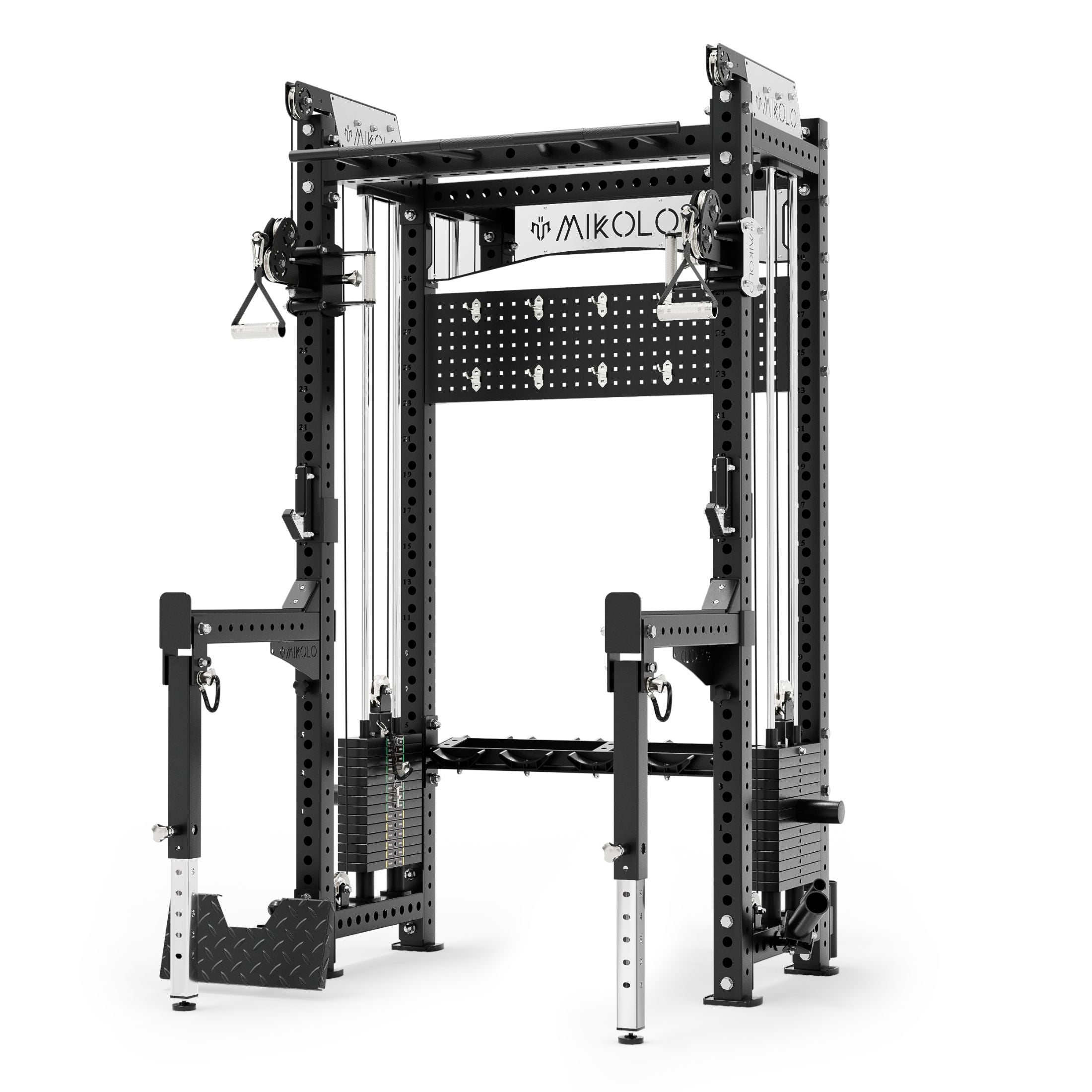
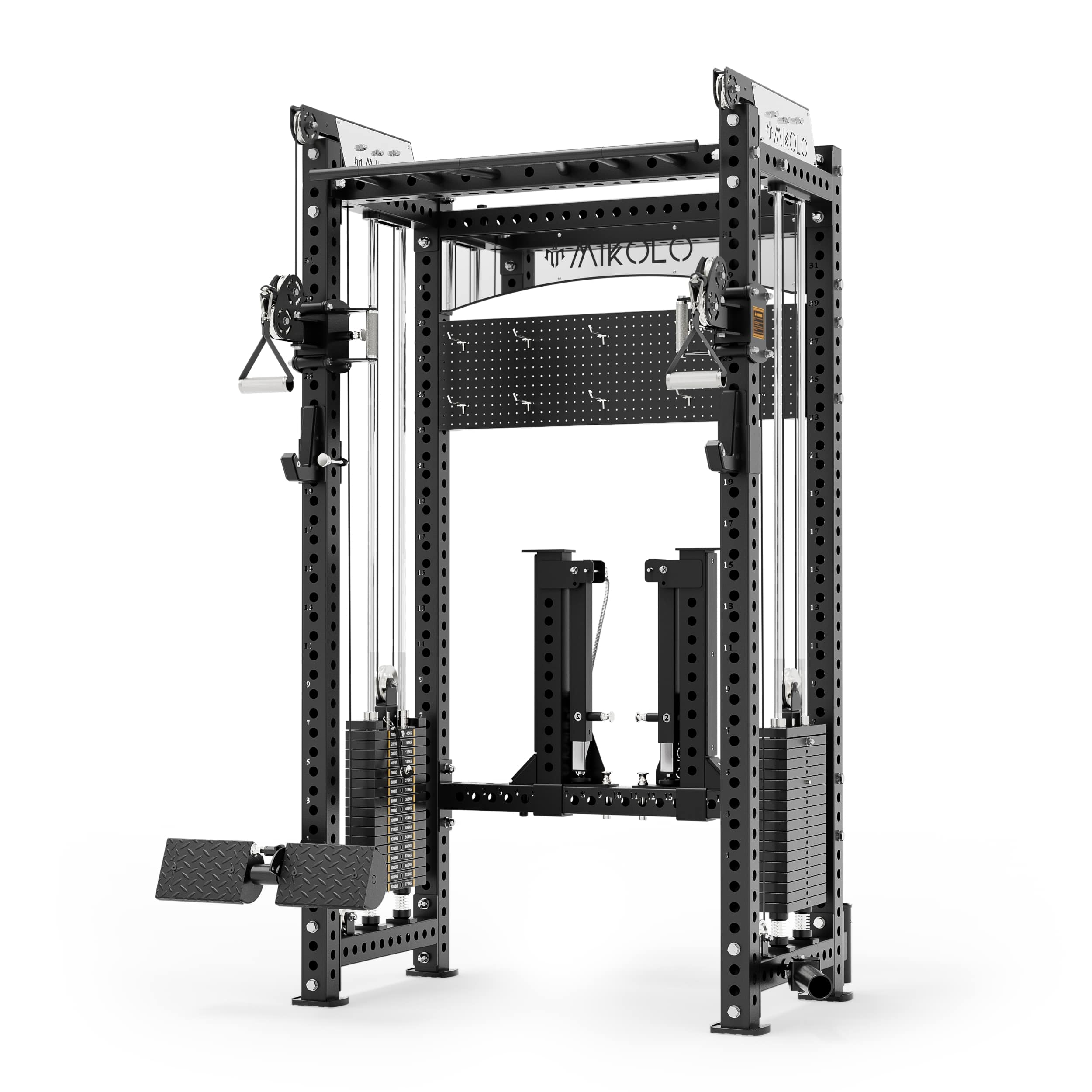
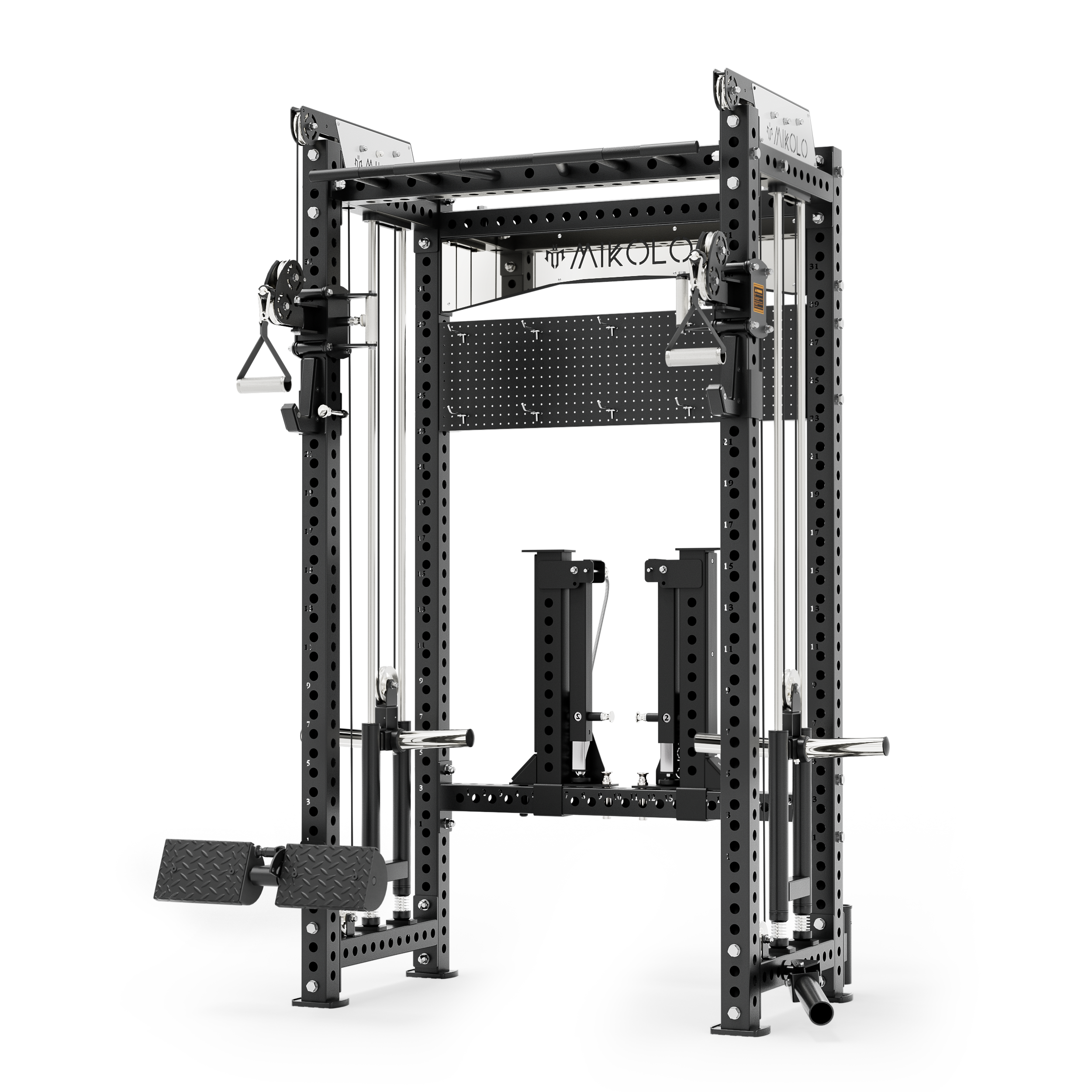


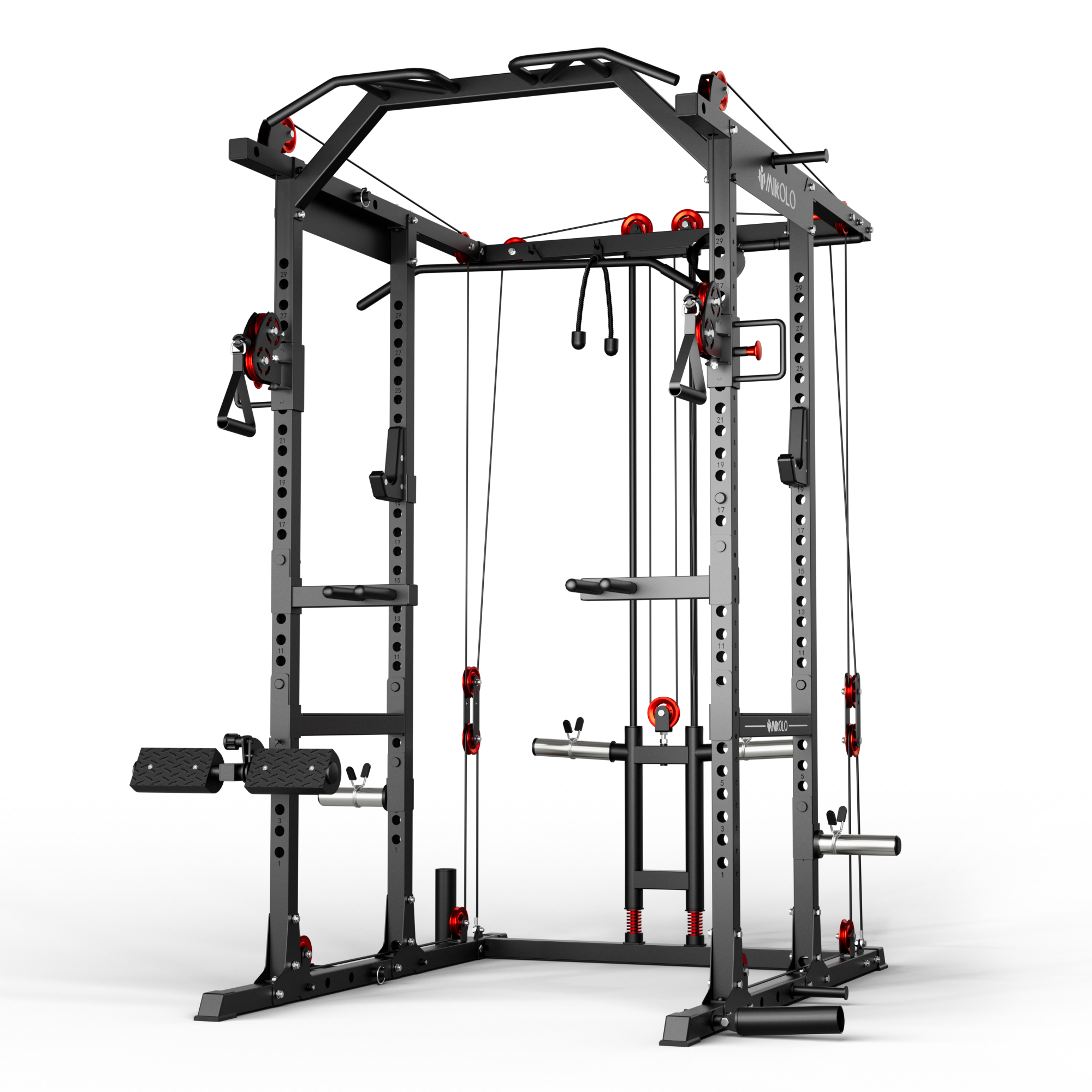


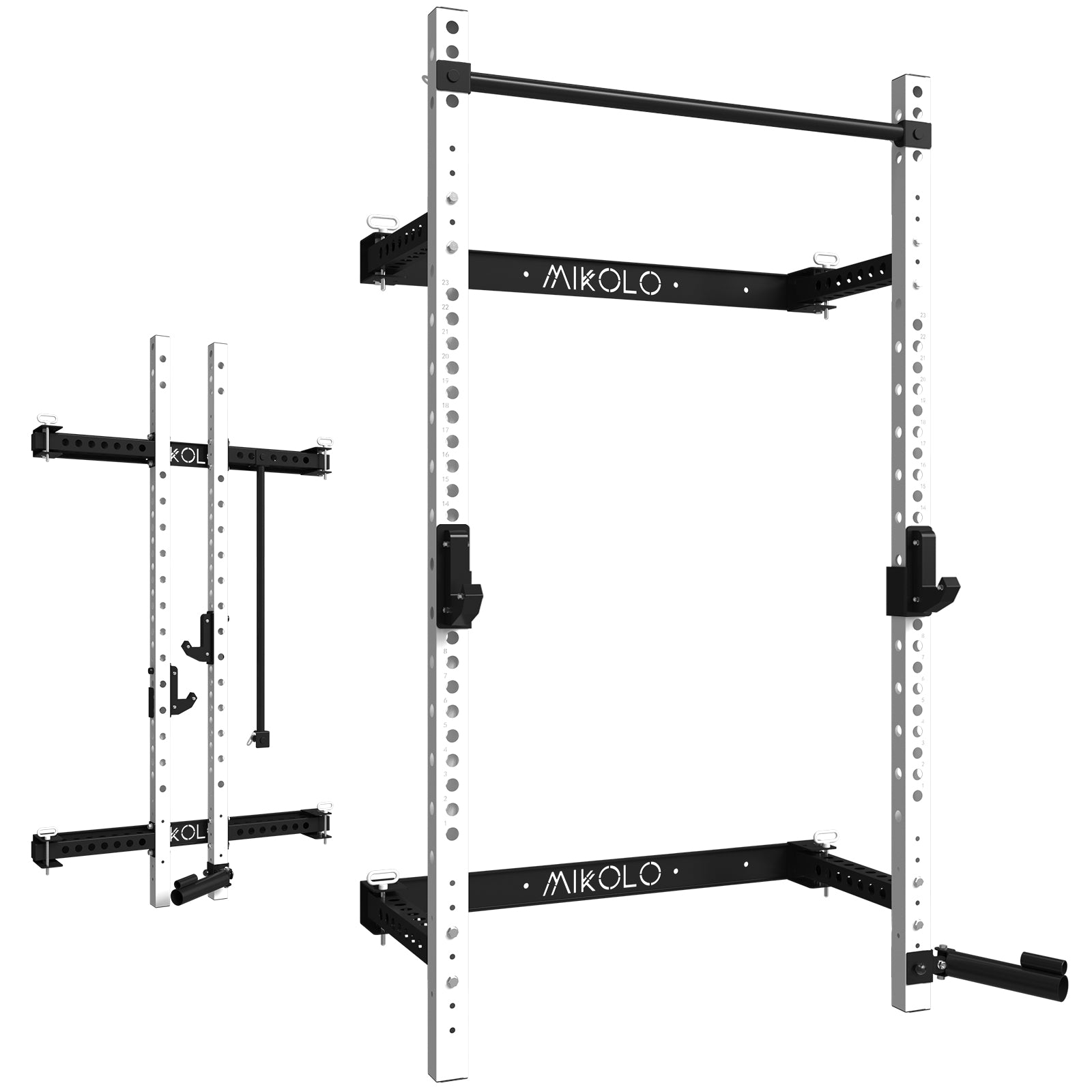


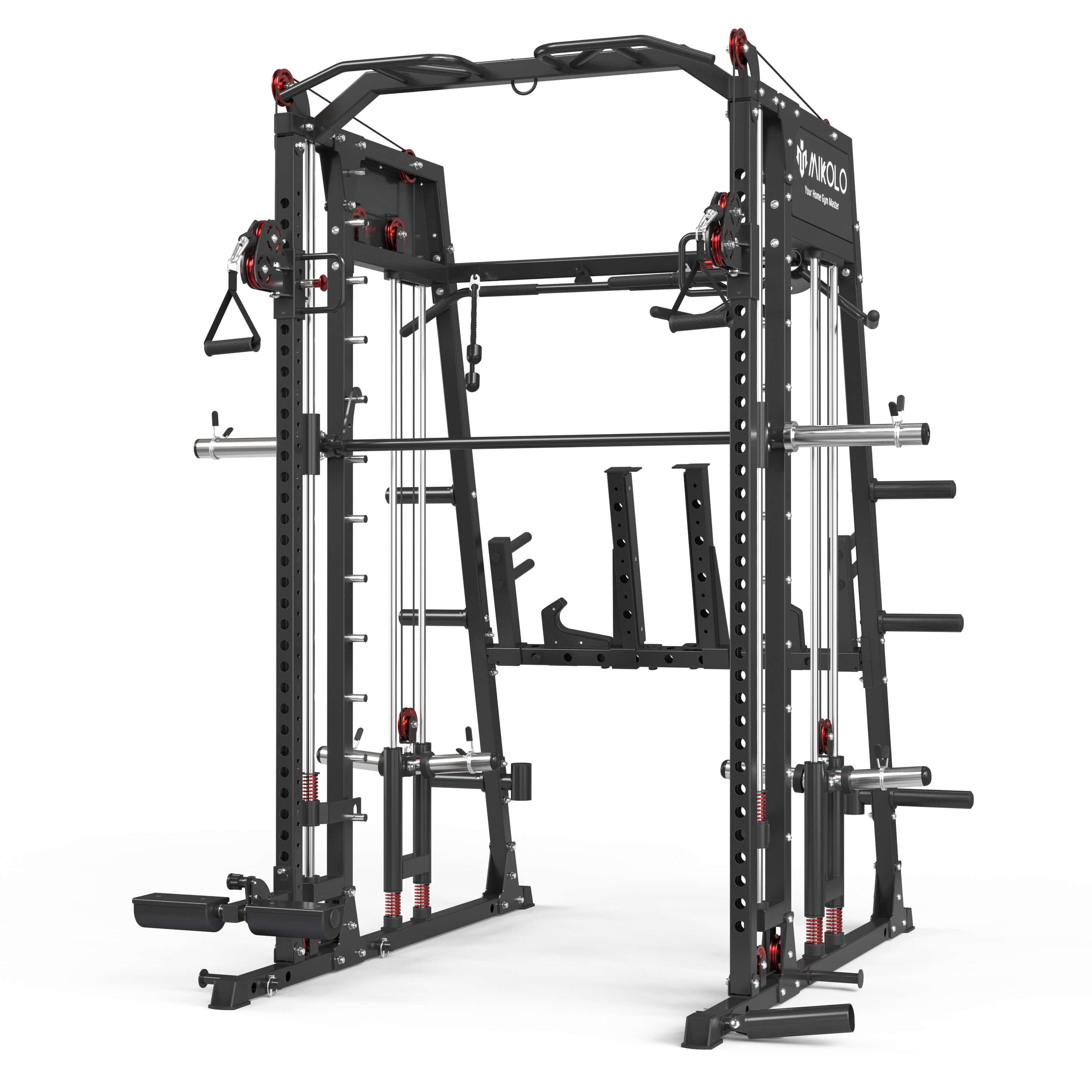
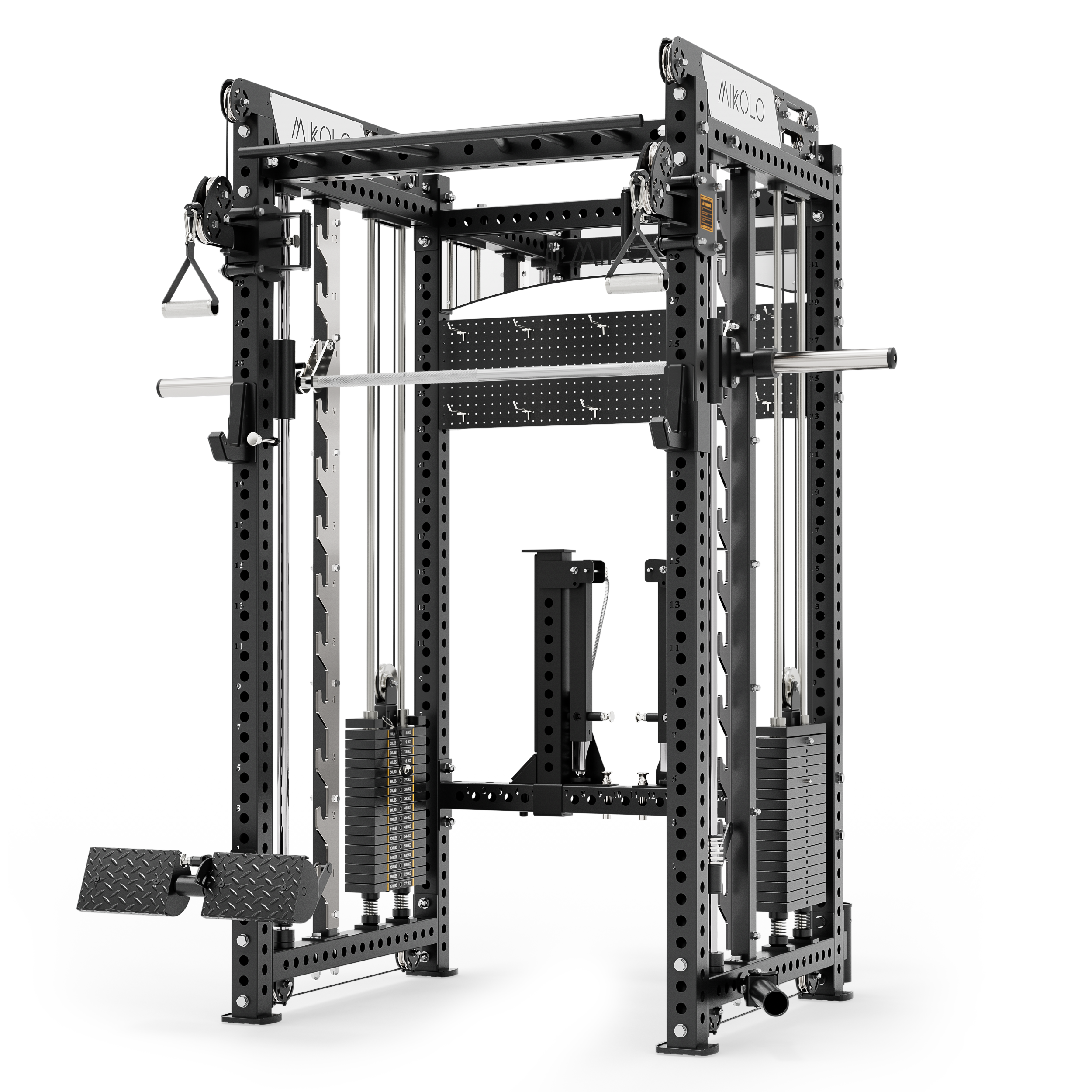
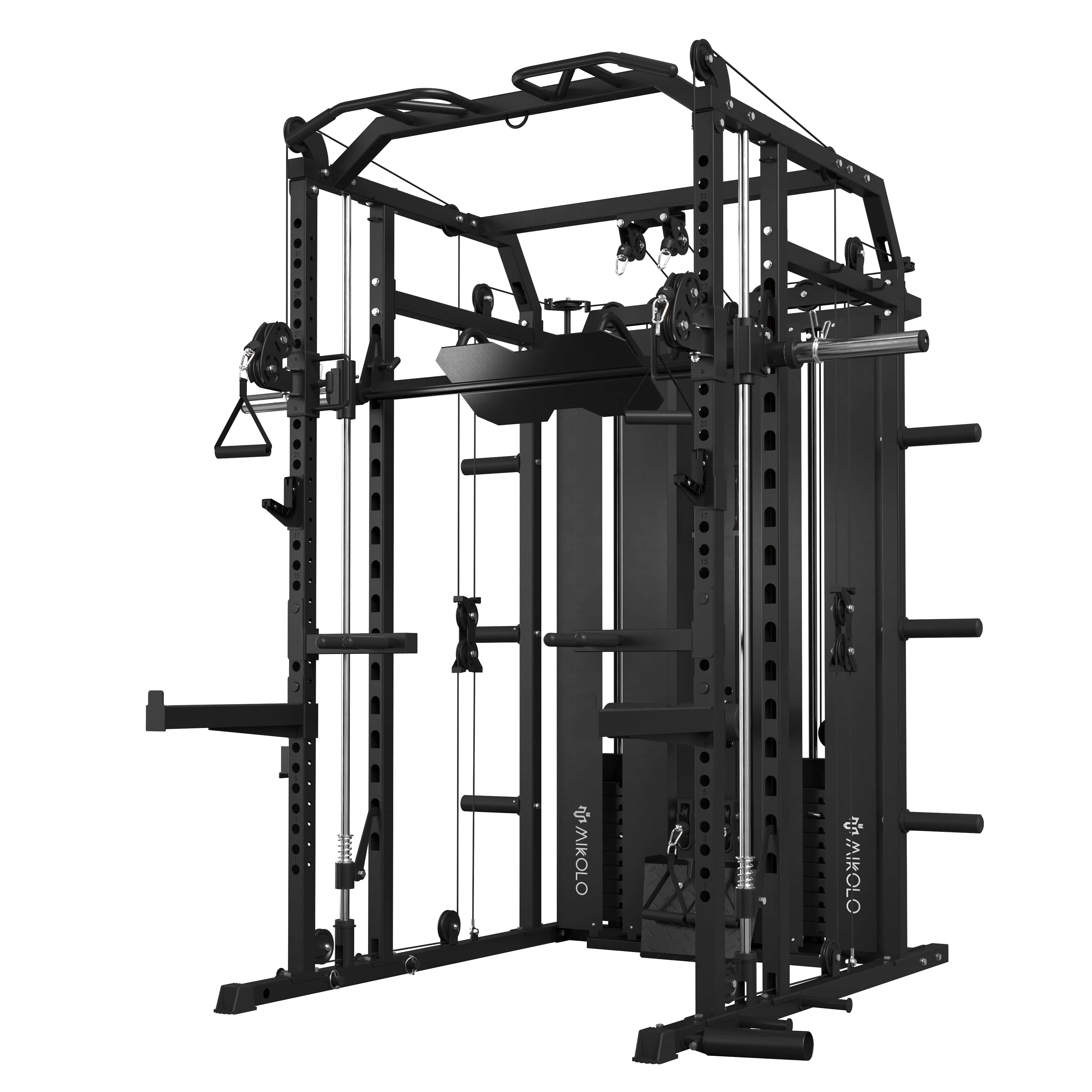
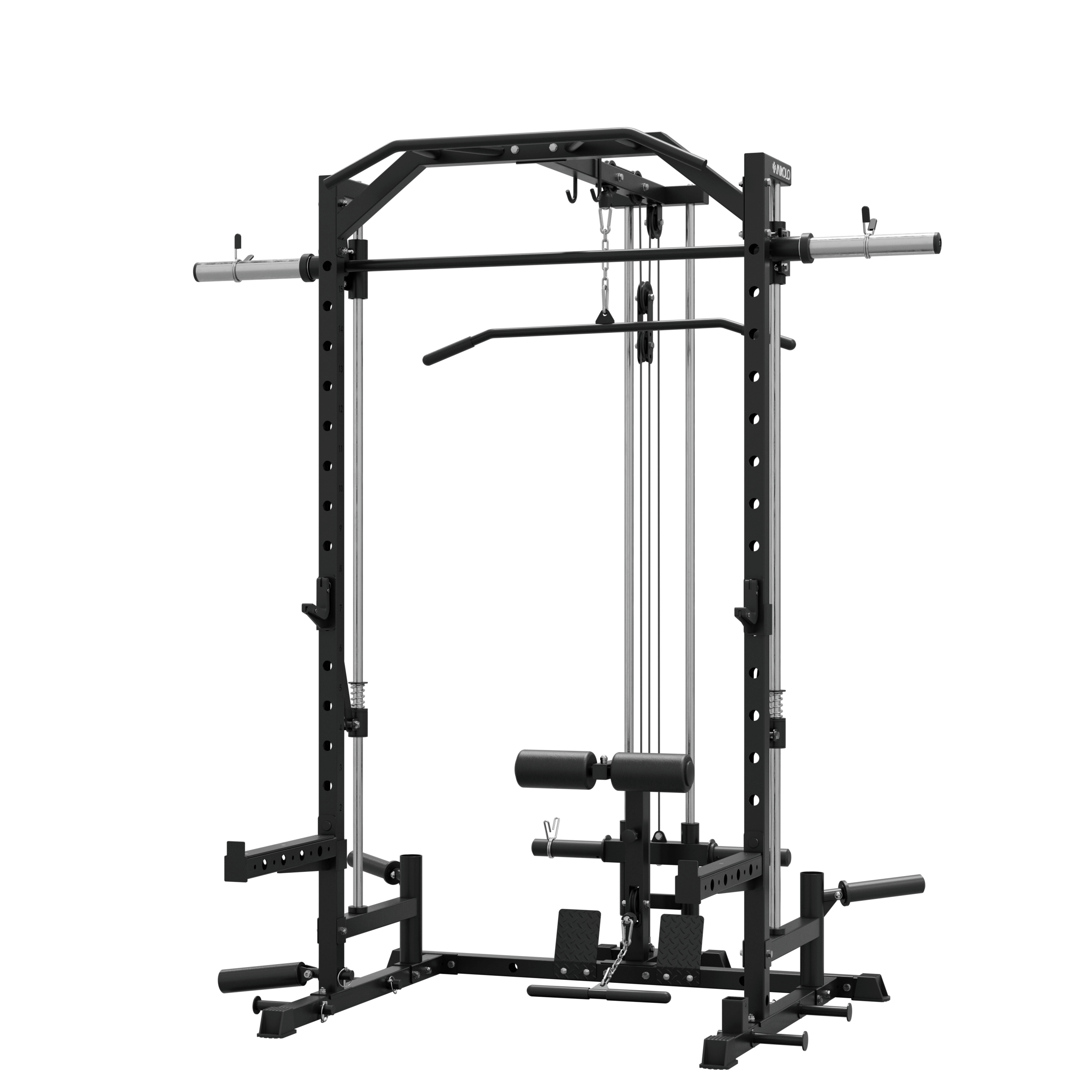
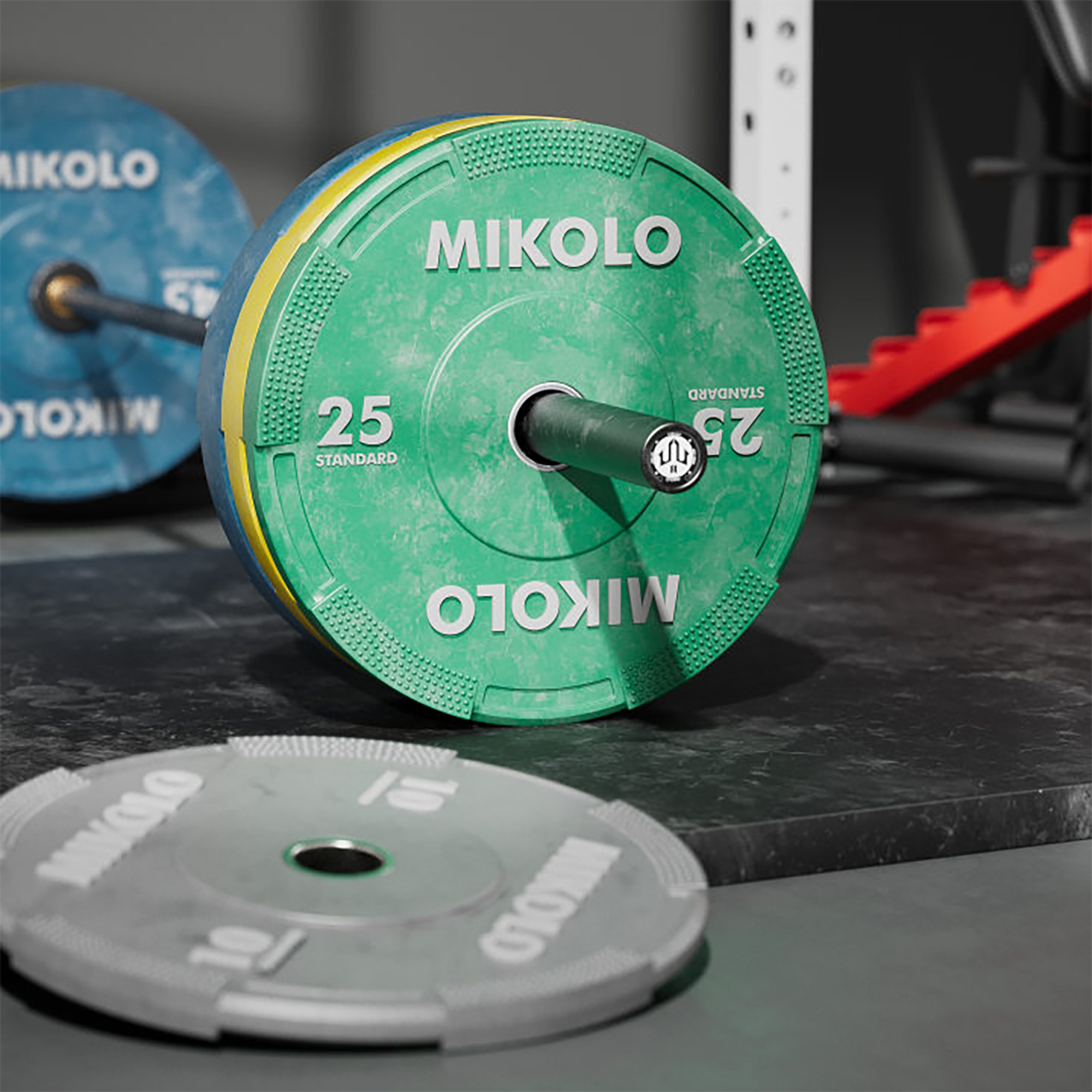






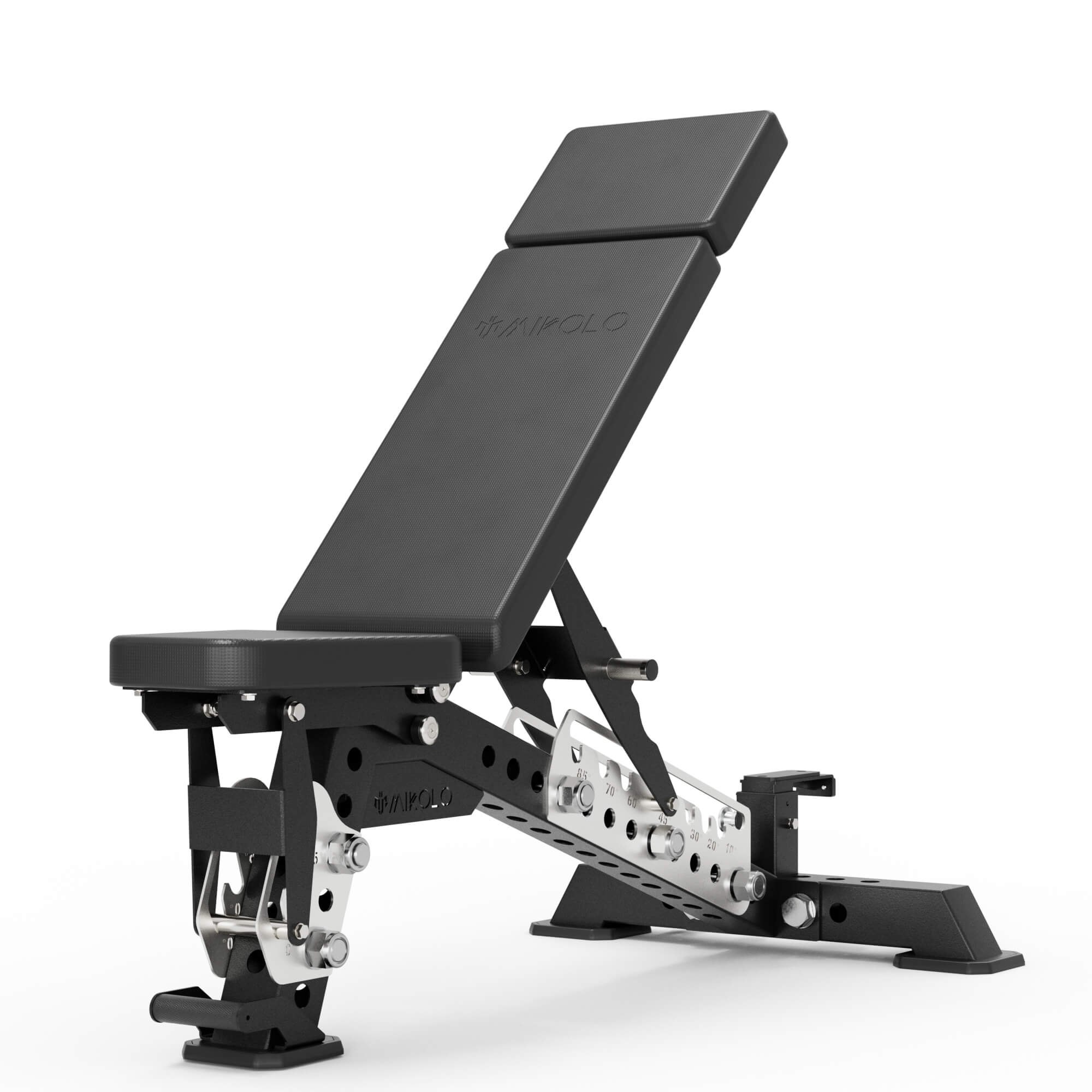
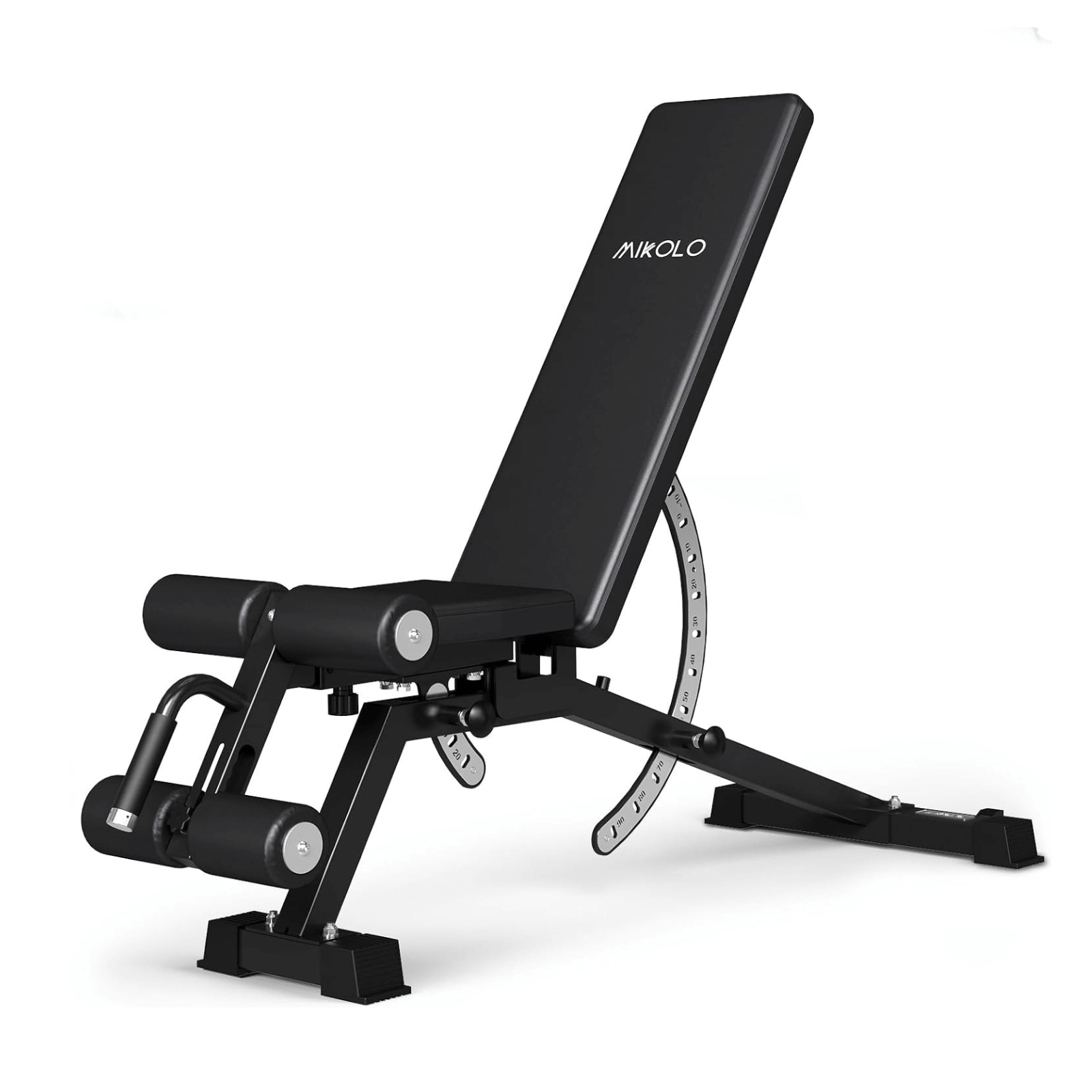




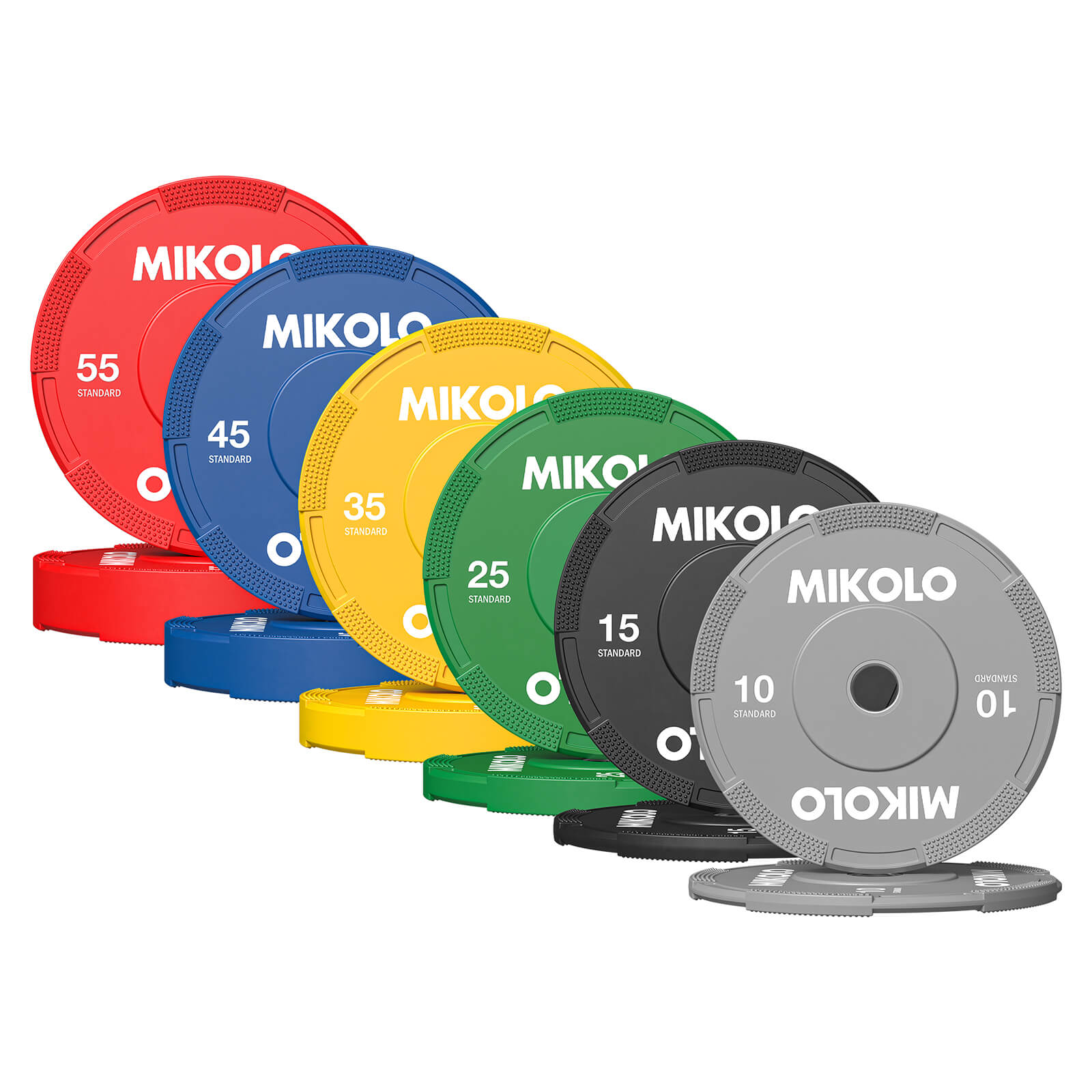
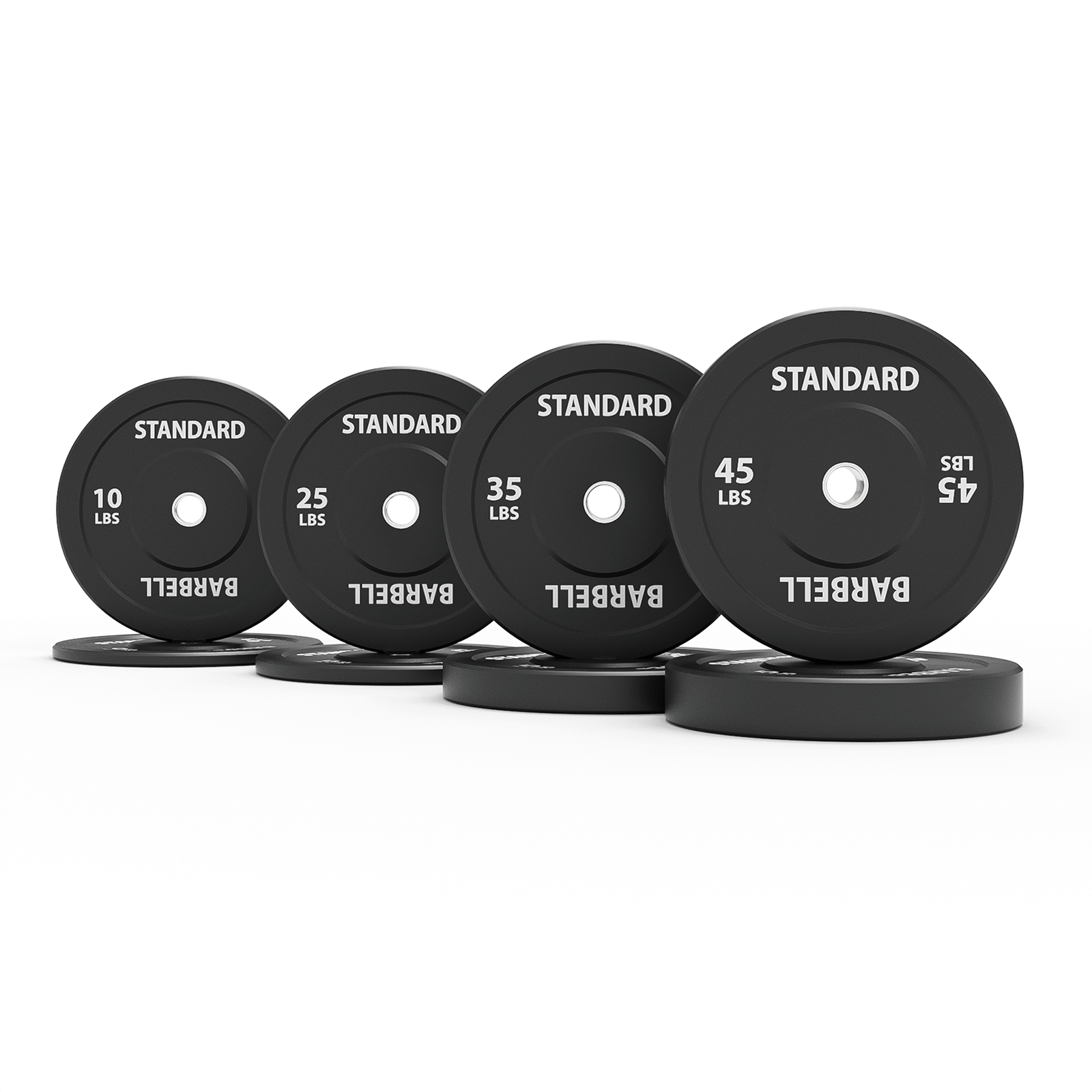

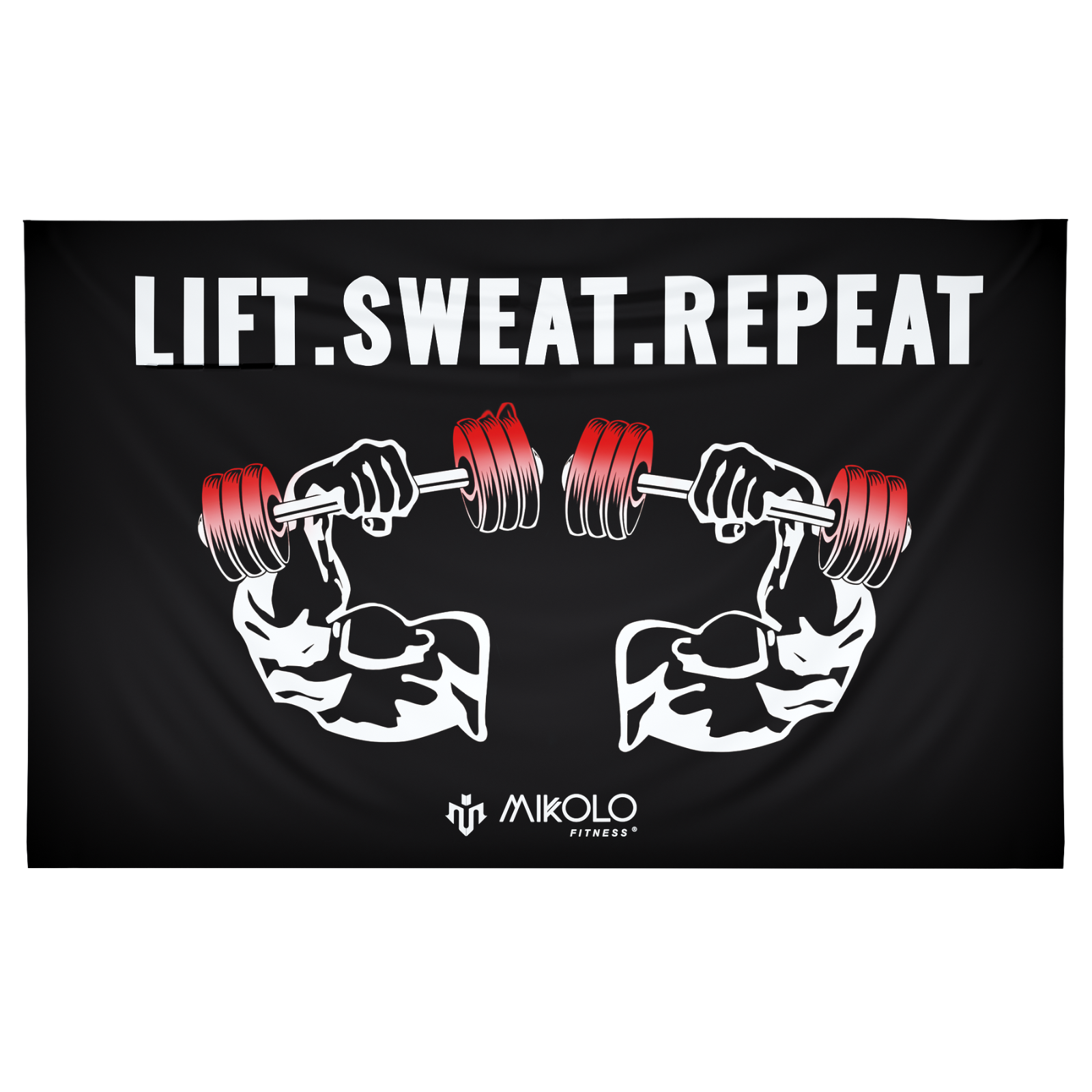
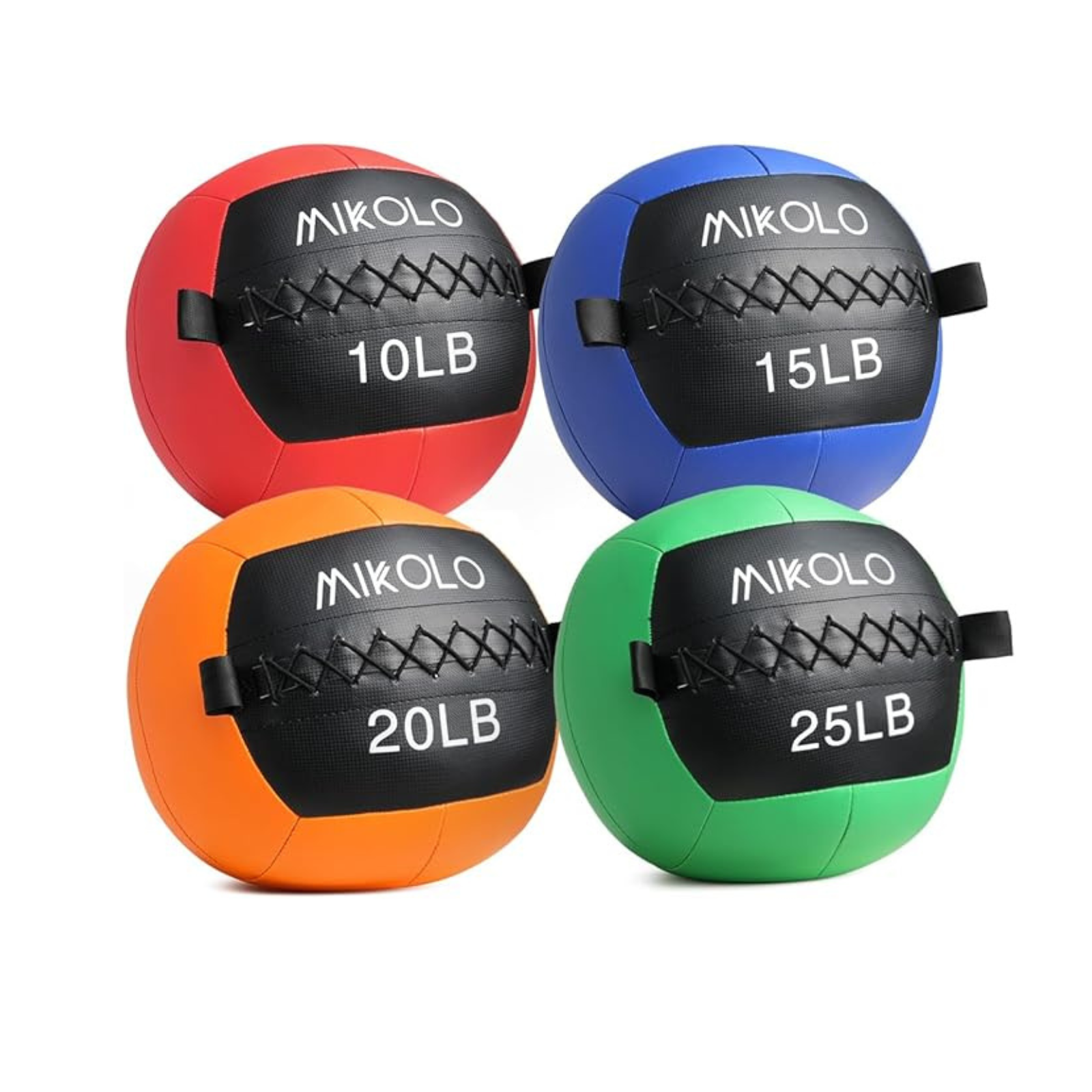
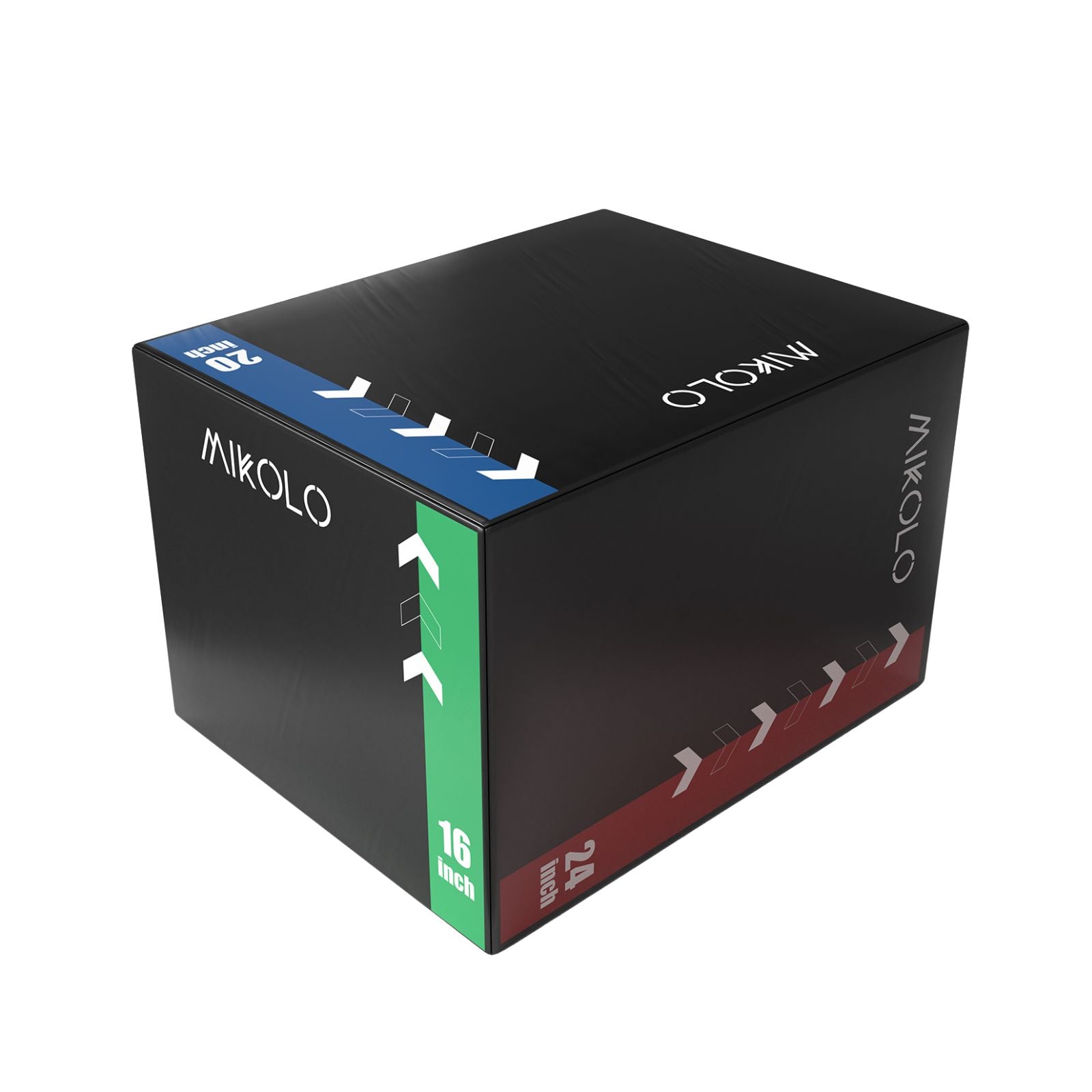

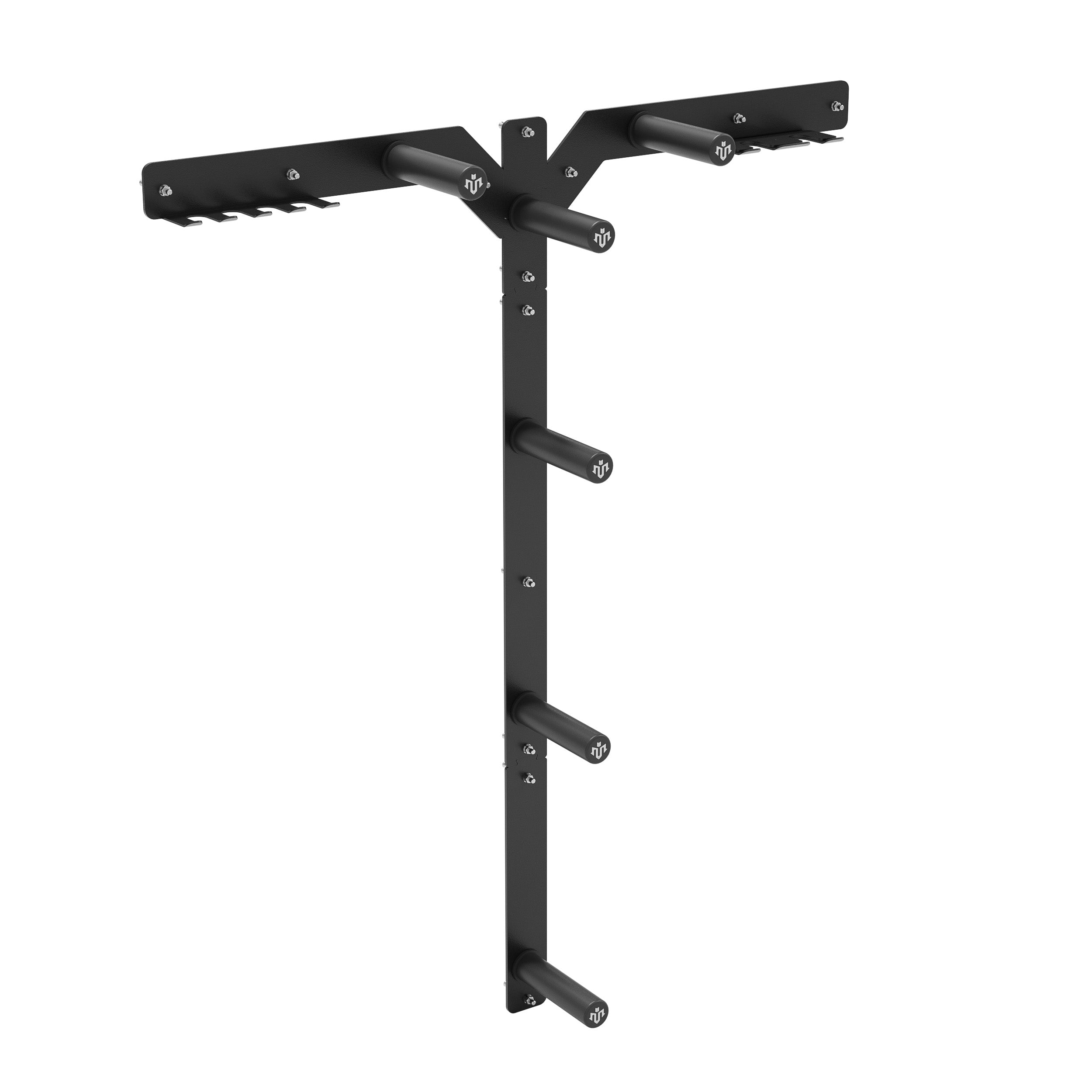




Leave a comment
This site is protected by hCaptcha and the hCaptcha Privacy Policy and Terms of Service apply.